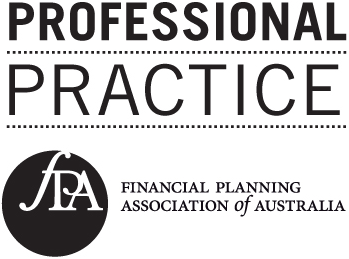Smart ways to stretch retirement money
Just think that in early June 2008, the Reserve Bank's cash rate stood at 7.25 per cent. Now fast forward nine years to early June 2017 and Australia's current cash rate is 1.5 per cent.

And just think of the impact of falling interest rates on the many retirees who may have become accustomed before the GFC aftermath to financing their retirement from the interest and yields generated by their portfolios.
Numerous retirees – as well as the swelling numbers of investors on the eve of retirement – are still struggling to adjust their expectations and practices for a low-interest environment.
Every time that the Reserve Bank has announced its latest decision in recent years on the official or "target" cash rate, retirees in particular have received just another reminder of how much rates have fallen. (The Reserve Bank this month has left its cash rate at 1.5 per cent for the 10th time in succession.)
In turn, the Reserve Bank regular interest rate decisions remind retirees that their bond interest rates and interest on term deposits are well below historic averages. But it's not as if they need any reminders.
What choices does a retiree have if they had become used to living off the interest and yield produced by their portfolios?
Many retirees may think, probably fleetingly, about trying to reduce their cost of living. Yet while most of us can spend our money more efficiently, few retirees would be willing or able to reduce their standards of living.
If unable to cut their living costs in a meaningful way, many retirees may jump to the conclusion that their only other choice is to move away from their carefully-prepared target or strategic asset allocations. Such a move usually involves increasing exposure to higher-risk, higher-yield bonds and a more-concentrated selection of high-dividend shares.
In short, retirees who put aside their strategic asset allocations of their broadly-diversified portfolios in pursuit of higher interest and yields are likely to become more exposed to market risk and volatility. And this may damage their portfolio's overall health and longevity.
Fortunately, another possible solution for retirees is to take a total-return approach to financing their retirement spending.
A classic Vanguard research paper, Total-return investing: An enduring solution for low yields, suggests that retirees consider taking both the income returns and the capital returns of a portfolio into account when setting retirement drawdowns and spending.
With this approach, retirees can aim to keep their appropriate asset allocations and broadly-diversified portfolio in tact rather than switching to a higher-risk portfolio.
Further, retirees should consider whether to take specialist advice about how much they should be drawing down from their retirement savings given their circumstances including the levels of yields/interest and capital gains being produced by their portfolios.
It is sometimes said that some retirees are unnecessarily frugal in their retirement spending given the understandable concern of outliving their savings. Taking a total return approach should help them make a realistic assessment of their portfolios and of their spending habits.
Written by Robin Bowerman
Head of Market Strategy and Communications at Vanguard.
19 June 2017
www.vanguardinvestments.com.au
Latest eNewsletters
Hot Issues
- AI exuberance: Economic upside, stock market downside
- Becoming a member of an SMSF is easy, but there are other things that need to be considered
- Investment and economic outlook, November 2025
- Move assets before death to avoid tax implications
- ATO issues warning about super schemes
- 12 financial tips for the festive season and year ahead
- Birth date impacts bring-forward NCCs
- Countries with the largest collection or eucalyptus trees
- How to budget using the envelope method
- Accountants united in support for changes
- Investment and economic outlook, October 2025
- Stress-test SMSF in preparation for Div 296
- Determining what is an in-house asset can help determine investment strategy
- Beware pushy sales tactics targeting your super
- Call for SMSF ‘nudge’ in DBFO package
- How Many Countries Divided From The Largest Empire throughout history
- How changes to deeming rates could affect your pension payments
- Five building blocks that could lead to a more confident retirement
- Investment and economic outlook, September 2025
- Caution needed if moving assets to children
- Evolution of ‘ageless workers’ sees retirement age rise
- Younger Australians expect more for their retirement
- New NALE guidance still has issues
- Airplane Fuel Consumption Per Minute
- How $1,000 plus regular contributions turned into $823,000 through compounding


